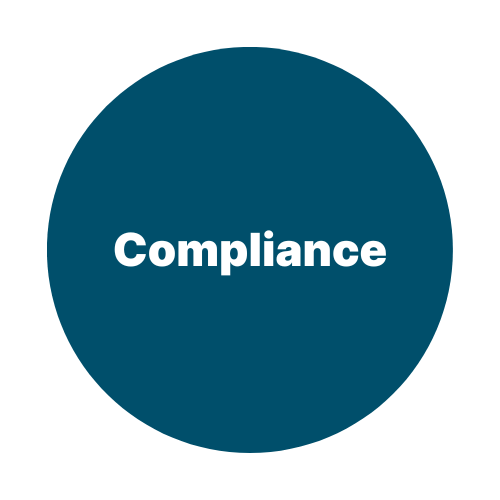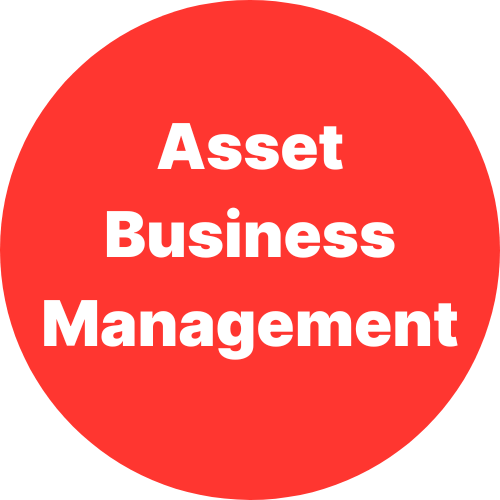
relying on reactive asset management techniques adds costs and gives a dim view of investment in this area. Companies that are unaware of this problem struggle with a vast number of work orders, fail to see the value in equipment data, and try to address staff shortages by temporarily subletting contractors. At the same time, the main problem remains unresolved and results in further investment.
creating a successful asset maintenance plan is no easy task. It’s a complex process that involves gathering asset inventory along with their value, calculating expected lifecycles, establishing SLAs and an optimum maintenance plan, and then sticking to the strategy over the long term.
such software is designed to follow the life cycle of solutions, whether software, hardware, or any machine. A properly chosen solution increases confidence in data security. It also improves confidence in the devices themselves. There are many asset management solutions on the market, many of which offer extensive customization and integration with external systems and take advantage of the cloud. One example allowing you to build an EAM is the Cumulocity IoT platform.
investing in your technicians is crucial for implementing a successful maintenance strategy that incorporates Computerized Maintenance Management Systems (CMMS). Great training leads to well-prepared staff that can handle the maintenance process with ease. The trained team can effectively perform maintenance tasks and adhere to a preventive maintenance schedule. This ensures that maintenance needs are addressed proactively, thus preventing asset failures, and extending the asset life.

The area is focused on ensuring that the right assets are procured or produced at the right time to meet operational needs.

This area is related to financial planning, budgeting, and control mechanisms for managing the aspects of asset acquisition, its maintenance, and overall lifecycle costs.

Regulatory adherence and compliance with legal standards related to asset management is an important part of managing organizational assets.

IoT solutions collect real-time data from devices and parts for health monitoring purposes.


This allows for the application of predictive maintenance solutions and the reduction of downtime and unnecessary repairs. With the right system, companies can schedule maintenance and engage maintenance teams to perform tasks more efficiently.




